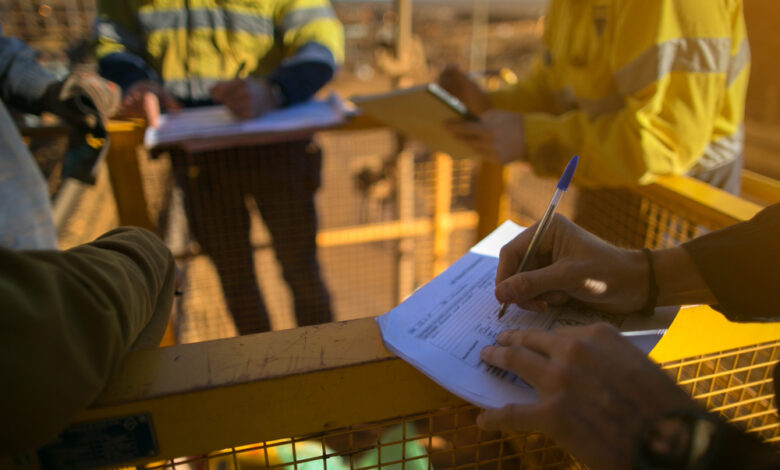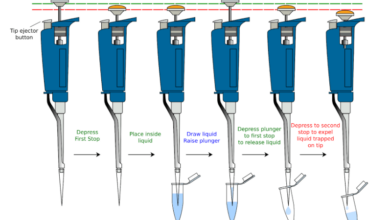Tips for a Successful Phase 2 Environmental Site Assessment

Buying a commercial or industrial property can be a good business investment. But there are risks involved in every transaction. When you purchase real estate like gas stations, there can be a lot of environmental hazards.
- Foundries
- Power plants
- Factories
- Mines
- Farms
- Landfills
- Shops for cars
- Buildings with underground tanks for storing (USTs)
- Places with hazardous waste
If you’re purchasing a property like this, your lender probably made you do a Phase I Environmental Site Assessment (ESA) before you could move forward. This essential step of doing homework will find any known environmental conditions (RECs) and possible contamination.
However, what if Phase I ESA raises any red flags? What are your options? Do not give up on your business aspirations or desire to own a beautiful house. The next thing to do is a Phase II ESA. Deepening your understanding of due diligence can be scary, but if you are well-informed and ready, the whole process should go smoothly. Here are a few points you can do to ensure your phase 2 environmental site assessment goes well.
What is Best for the Site
A Phase II ESA usually includes samples of one or more media, such as indoor air, soil vapour, soil, and groundwater, to look for contaminants or metals. As part of Phase II environmental site assessment, the media and contaminants samples are taken and analyzed. These samples and analyses depend a lot on how the site was used in the past.
At gas stations, sampling would usually focus on contaminants in the gasoline and diesel range and possibly in the heavier oil range if car repairs were also done. For other sites, like industrial sites or shooting ranges, the main focus of the investigation might be metals in the soil and groundwater.
So, when planning the scope of phase 2 environmental site assessment, it’s essential to consider the type of soil, how deep the groundwater is, and where historical features that may have caused contamination are located.
Quality Not Quantity
A strong Phase II ESA scope will give you a lot of samples, but depending on the problem you’re looking into, a simple scope could be enough to find any contamination. This information is generally enough for you or your lender to decide if the site is a reasonable risk. Also, remember that some lenders have requirements for Phase II that must be met.
Using standard scientific inquiry methodologies, a good phase 2 environmental site assessment will investigate the problems raised in Phase I promptly and cost-effectively.
Keep an open mind about how much work there is
Even though a set of standards guides Phase II ESA processes, your consultant must make many decisions established on what they feel is most suitable for your project. Because of this, not all Phase II environmental site assessments are done (or should be done) the same.
Your environmental consultant will look at everything, including state and federal laws, the land’s geology, the types of buildings and infrastructure on the property, and the level of concern.
In addition to sampling soil and groundwater, other things may need to be done. For example, your consultant will probably recommend more sampling or monitoring if there are wells, floor drains, drums, catch basins, or USTs on the property.
Do Your Homework
Environmental records are not part of Phase II environmental site assessment, but Phase I assessment does a comprehensive search of historical and regulatory records and always considers the most recent environmental regulation. Remember that a property that was thought to be clean ten years ago might not pass the test today.
Vapour intrusion regulations are an example of this. In the past ten years, these rules have become stricter. When a property was closed more than ten years ago, vapour intrusion may not have been looked into as part of the process, so the vapour pathway may need to be looked into again.
Consider an Environmental Safeguard
Whether or not a Phase II ESA found contamination, you may want to think about getting environmental insurance. It could be an excellent way to protect yourself if there is a chance that your procedures could generate contamination after they start. It could also benefit if there are unknown environmental problems, like an underground storage tank that hasn’t been found yet.
Many well-known cases of toxic tort lawsuits have cost owners and operators a lot of money. Environmental insurance can help in these situations, but it’s essential to ensure that ongoing operations are done in line with environmental laws.
Conclusion
Before ordering a Phase II ESA, you should know about all of the above things if your lender needs one to determine if your property has an acceptable risk. Keeping up with the critical parts of your scope, with the help of a developer and an environmental consultant, will help keep your property from losing value and becoming unsafe.




